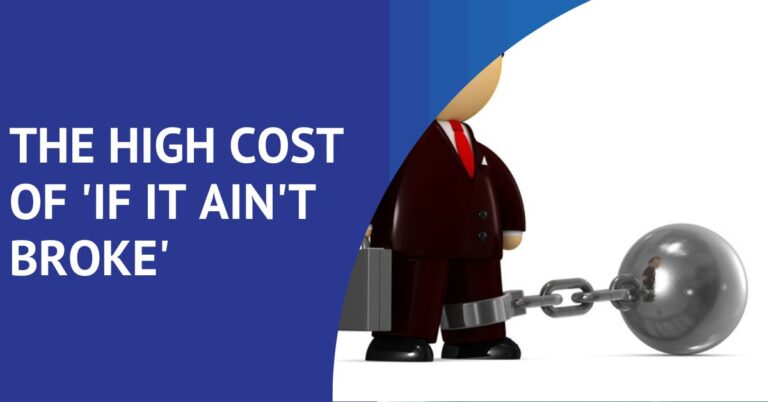Fiber internet, utilizing fiber-optic cables, offers superior speed, reliability, and performance, making it a better choice for high-demand internet users, though its availability may be limited. Coaxial cable internet, using copper cables like those for cable TV, while not as fast or reliable as fiber, provides a widely available and reliable internet service for general use. When comparing fiber and coax cable internet, the key differences lie in their technology, speed, reliability, and overall performance:
- Technology: Fiber-optic internet uses thin strands of glass or plastic fibers to transmit data as light signals, offering a purely digital connection. Coaxial cable internet, on the other hand, relies on copper cables (like those used for cable TV) to transmit data using electrical signals.
- Speed: Fiber internet provides faster speeds for both downloading and uploading data, often reaching up to 1 Gbps or higher. Coaxial cable internet typically offers good download speeds but significantly slower upload speeds due to its asymmetrical design.
- Reliability and Performance: Fiber internet is less susceptible to interference and signal degradation over long distances, making it more reliable, especially for activities requiring high bandwidth. Coax cable internet can be more prone to congestion and signal loss, particularly over longer distances and during peak usage times.
- Availability: Coax cable internet is widely available due to the extensive infrastructure of cable TV networks. Fiber internet, while growing rapidly, is still less available in comparison, primarily in urban and suburban areas.
The choice between fiber and coax depends on your specific needs, availability in your area, and budget.
Learn more about understanding the differences and what business leaders need to consider choosing between them.













